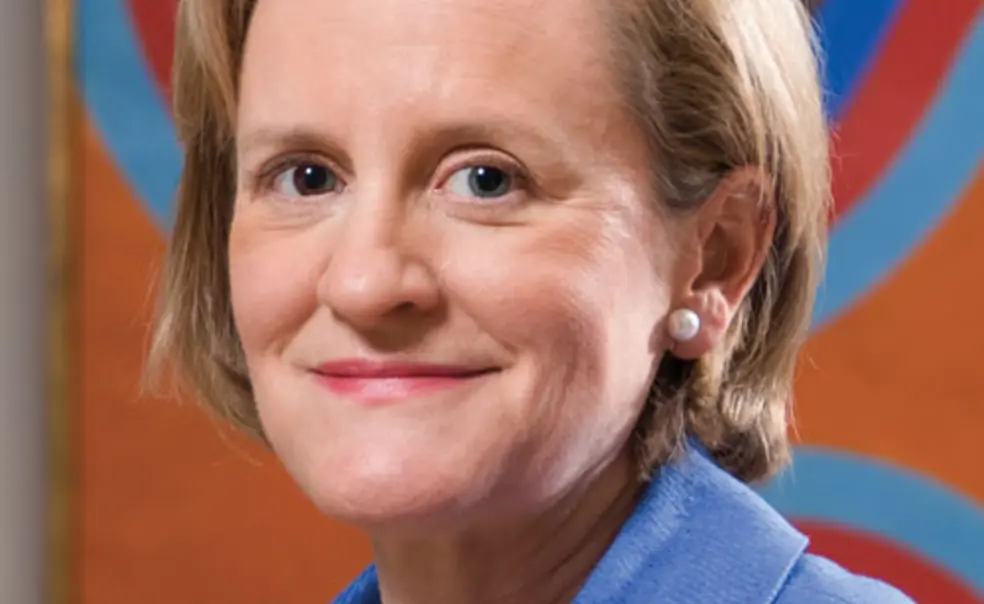Broadening how we think of 'American' art
Elliot Bostwick Davis ’84 oversees opening of new wing in Boston museum
Elliot Bostwick Davis ’84 was recruited in 2000 from the Metropolitan Museum of Art in New York to oversee the planning and installation of the new Art of the Americas wing at the Museum of Fine Arts, Boston, which opens Nov. 20. With more than 5,000 works of art, the four-level, 53-gallery wing presents one of the most comprehensive and extensive collections from throughout the Americas in the United States. Davis spoke recently with PAW’s Katherine Federici Greenwood.
What is your museum’s approach to American art?
What this wing hopes to do is to present the art of the United States in a much broader context of time and space consistent with our mandate to represent the art of all the Americas: North, Central, and South. By “time” we mean all the way back to the ancient Americas and the earliest objects in the collection, from 1,100 B.C., all the way through the third quarter of the 20th century. And in terms of space, the wing includes art created throughout the Western Hemisphere by various cultures and peoples.
Our strengths are decorative arts and paintings produced in New England from the 17th century through the mid-19th century, but to that we will add Spanish colonial art, Latin American art, ancient and Native American art, all of which haven’t had as much of a presence before. We’ll include all media — painting, sculpture, and decorative arts — and we’ll also integrate works from the departments of prints, drawings, photographs, textiles, fashion arts, and musical instruments. We hope it’s a chance for people to see a much broader spectrum, and a much wider range of artists represented.
What do you mean by a wider range of artists?
Artists who are not working within established academic traditions or those who may not have had the opportunity to be part of a system of galleries here in the United States — for example, artists of color, women artists, folk artists, artists who have been émigrés to this country. As so many of the artists working in the Americas immigrated to the New World, I think we have to be much more inclusive.
What are the trends today in how American art is displayed?
The trends reflect efforts to broaden the kinds of artists represented, the types of work represented, the way information about the collections is presented, and, of course, the gallery installations themselves.
When I came here in 2001 we had a separate paintings gallery for John Singleton Copley portraits, we had a gallery just for Boston furniture, and we had corridors in which we displayed Boston silver of the Colonial period. But when we put together the first round of reinstallations in 2003 we opened up a gallery for the Art of the Colonial Americas. We put back into one large gallery objects that would have been displayed in one of the homes of a rich Boston merchant like Nicholas Boylston, who surrounded himself with the finest furniture, portraits, silver, and ceramics that were imported from Europe to the Colonies. Visitors get a sense of what this elite Colonial Boston culture was like.
What guided you as you oversaw the wing’s creation?
As the leader of this team I had to keep asking, “What are the key stories? How can we boil this down for people who know nothing about the art of the Americas?”
How does the new wing draw in those visitors?













No responses yet